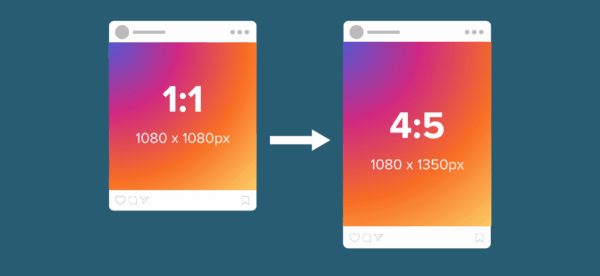Spend the Time Optimizing Your Content for Social Media Sharing

Creating content for your website is hard.
It has to be useful for your audience – it has to speak their language – and it has to be optimized for easy reading and comprehension.
We all know that, but given how quick and easy it is to publish content online, it’s tempting to overlook the best practices you should be doing every time you post on your website.
One of the major areas you need to focus on is optimizing your content for social media. Even if you don’t write your content for pageviews or to go viral, you need to make it incredibly easy for users to share and discover your content on social media.
And it’s not that hard to do.
Here are 4 steps you should take to optimize your content for social media sharing.
1) Write Titles that Make Sense Out of Context
We’ve talked about context before – in a world where search results or social media links only show a page title, it has to be incredibly clear to someone what your content is about.
That means no puns, no mysterious teases, and no relying on a subtitle or description to clarify the title.
Your title needs to stand on its own and immediately make sense to a user.
What’s great about WordPress and the Yoast SEO plugin is that you can have multiple titles for different purposes.
For example, you may love having a title that teases the story – The Surprising Way Cats Know You’ve Gone on Vacation – which you can use on your post, while at the same time setting an Open Graph title that better informs potential users about the content itself – Cats Can Tell Time, Feline Researchers Find.
Someone who’s already on your site will see the title that teases and be led into reading the entire story, while folks on Facebook will see the standalone title and click if interested.
2) Use a Custom Open Graph Image
You know that open graph images are important for your site – but are you taking the time to create appropriate images for every piece of content you create?
It’s time-consuming, I know.
But it’s important, since using the same image for every page or every post on your site makes them all look identical and repetitive on social media.
If you’re taking the time to create great content, make sure to spend the time pairing the content with equally great images.
One option I’ve seen with websites that tend to use similar types of images for all of their content is to include the title of the page or post with their open graph image. Simply drop the text on the image as another layer and you’ve got a title embedded with the actual image.
Remember that you can use varying images for your post/page and for the open graph, so be creative and take advantage of the flexibility.
3) Create a Relevant Open Graph Description
While descriptions are usually optimized for search engine results, it’s totally appropriate to write them for social media as well.
Like your open graph title, your open graph description should be able to stand on its own; don’t assume that the user is going to understand the title and therefore you can get fancy with your description.
Make it clear.
Make it obvious.
Help people understand what the content is about.
If you’ve done that, and still have space, take the opportunity and encourage them to click for more.
4) Encourage Sharing
If you are creating content for pageviews, then this is an obvious one: encourage people to share on social media.
Don’t annoy your users; be authentic and ask them to give the post a Like or Tweet about it if they found it useful and think others will as well.
We often recommend the AddThis suite of tools for social media sharing – put those share buttons at the end of your page or post or float them on the side of the browser window and make it easy for folks to share your content.
Optimizing your content for social media sharing isn’t rocket science; it’s the final step in your content creation process. Spend the time and do it right, and you’ll reap the benefits.

